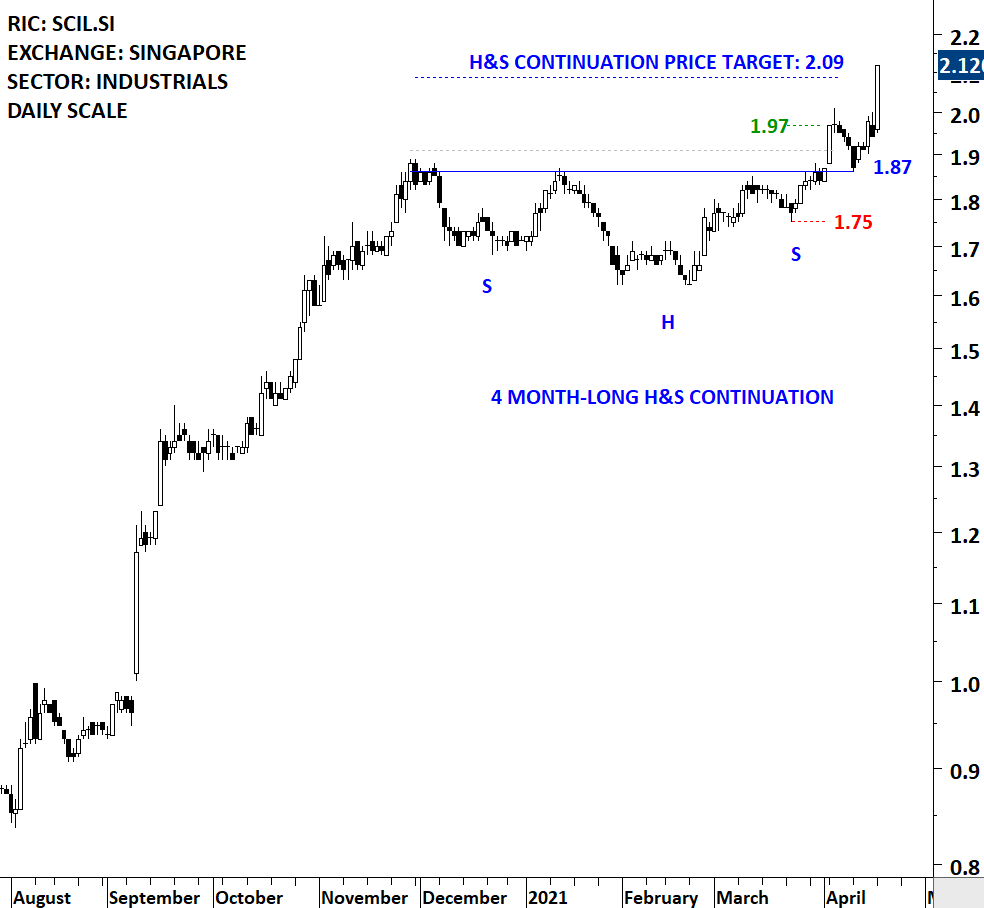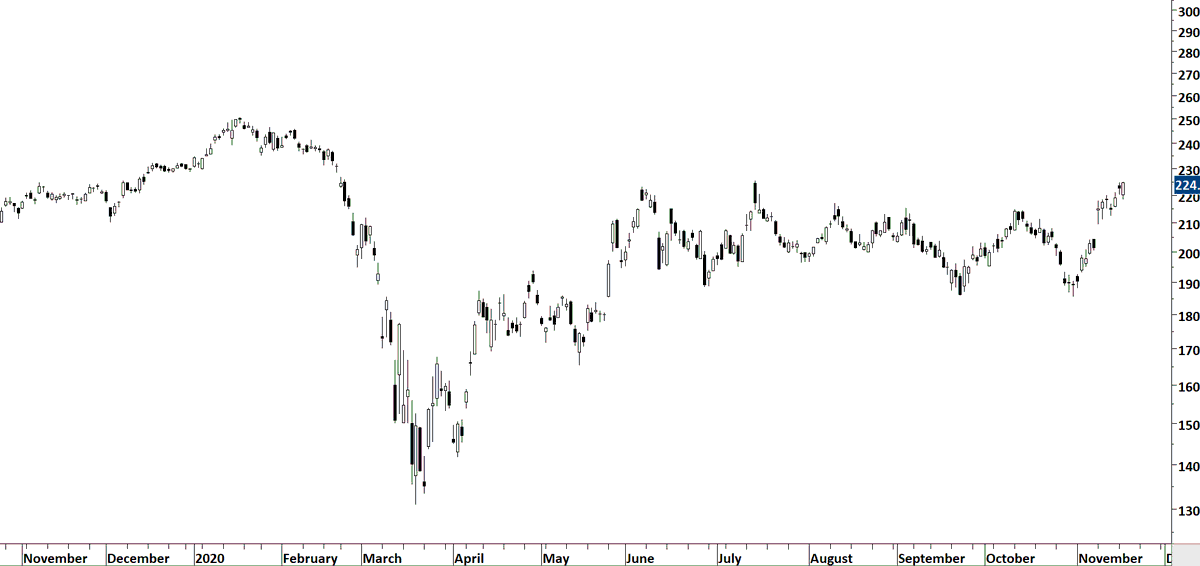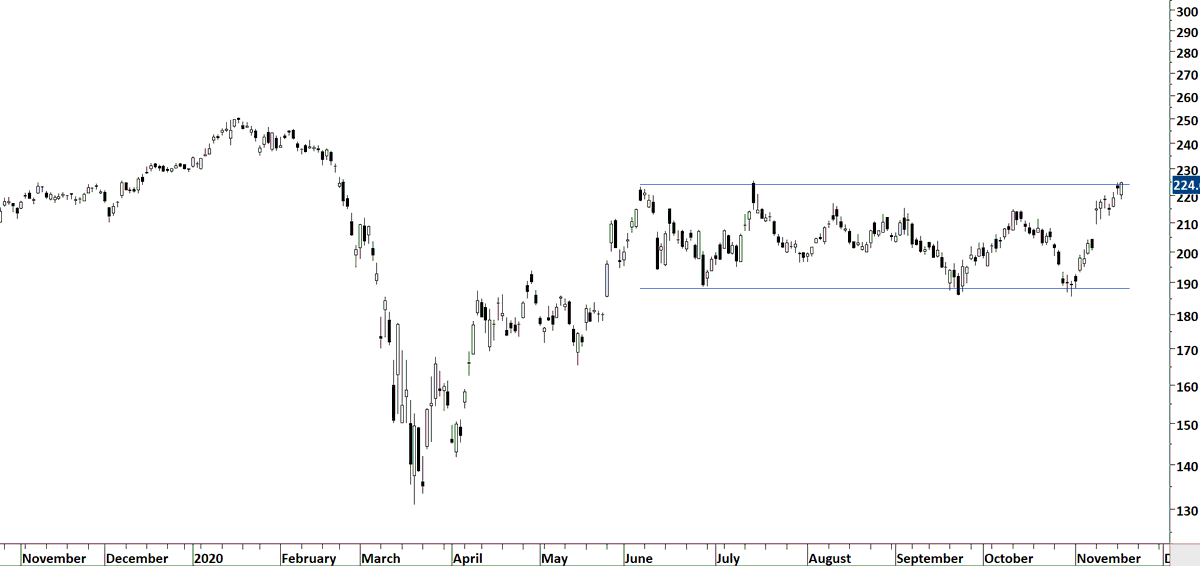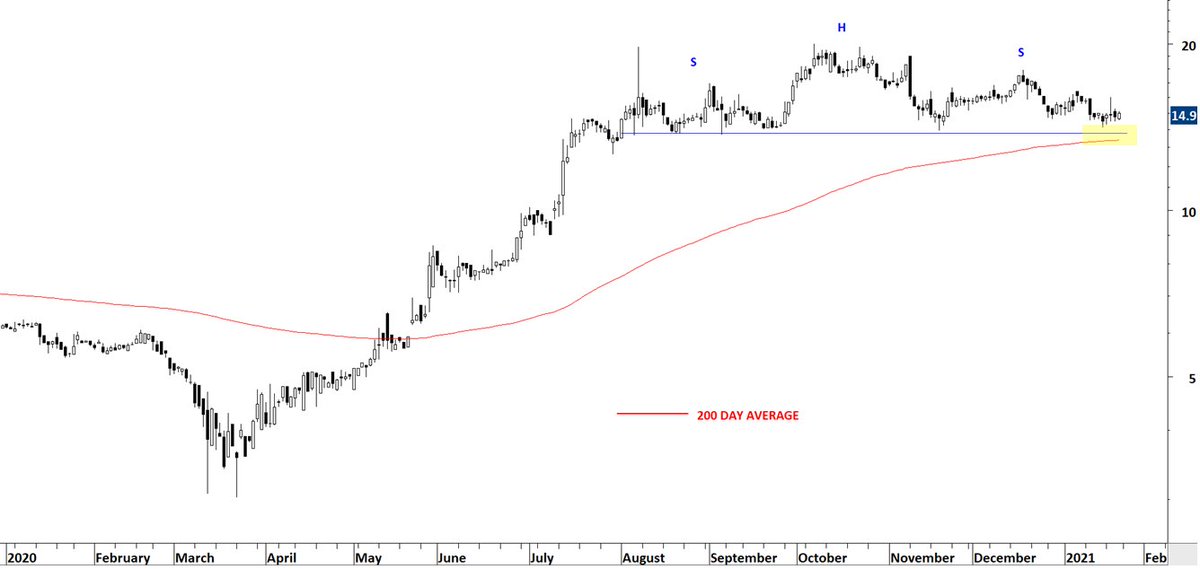
For those who follow order books and see HUGE sellers at certain price levels and shy away because there are sellers;
Note: If there are no sellers there will be no buyers.
continued...
Note: If there are no sellers there will be no buyers.
continued...
When a fund wants to build a position in a stock, the fund manager wants to be able to buy "enough" of the stock at reasonable prices, without pushing the stock higher.
A big chunk offered in the market is a blessing for the deep pockets to enter into position.
A big chunk offered in the market is a blessing for the deep pockets to enter into position.
That is why when I see large amount of sellers at certain price (especially if it is a significant resistance on price charts) I'm more convinced that a breakout might be around the corner.
This is a great example for the above tweets. I remember how investors were worried about the IMF selling 200 metric tons of #GOLD back in 2009.
I guess #INDIA Central Bank was waiting for this block sale. And what a great decision... right at the breakout from H&S continuation
I guess #INDIA Central Bank was waiting for this block sale. And what a great decision... right at the breakout from H&S continuation

• • •
Missing some Tweet in this thread? You can try to
force a refresh

















